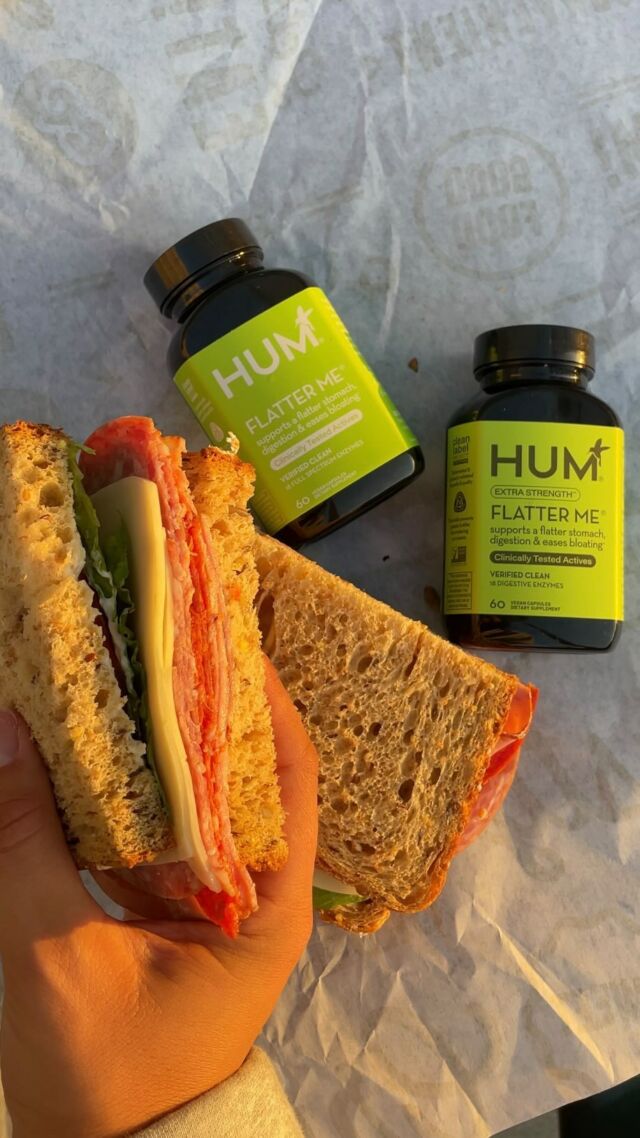We explore the taste and health benefits of strawberry leaves. Discover the unique flavor profile and uncover the potential nutritional properties they offer.
Summer equals berry season, and while we are out here adding strawberries to literally everything, we are actually overlooking one of the best things about this season’s fruit: their leaves. Okay, maybe strawberry leaves aren’t the best compared to the sweet, tangy, and juicy fruit, but in terms of health perks, strawberry leaves pack a punch that makes this seasonal produce a superfood. “Most of us probably discard the leaves in the garbage, not knowing they actually have a number of health benefits,” says Jennifer Maeng, MS, RD, CDN, LD, CNSC, a nutritionist and founder of Chelsea Nutrition. These benefits include lots of nutritious and essential vitamins and minerals, anti-inflammatory properties, and more.
I’ll admit that I am not the most adventurous when it comes to my diet, and I am definitely more of a fruit lover than a vegetable eater. But strawberries are one of my favorite foods, and when I read about the health benefits of strawberry leaves, I was intrigued. Find out what strawberry leaves taste like, plus they’re amazing benefits and how to incorporate them into your diet ahead.

Unveiling the Flavor of Strawberry
Strawberry leaves have a fresh, herbaceous taste that definitely feels like you’re eating your greens, but in a good way. While I didn’t notice any relationship to the sweet taste of the berry itself, the strawberry leaves do have a slight sweetness to them and, for the most part, taste exactly how they smell, which is slightly earthy yet refreshing.
Nutritional and Medicinal Properties
Strawberries themselves have lots of amazing health benefits, as they’re an amazing source of antioxidants and some studies have shown that they support cognitive health and boost the immune system thanks to their vitamin C content. And, while strawberry plant leaves aren’t usually why you purchase the sweet berries, these greens also pack a nutritious punch and are worth trying.
Vitamins and Minerals
“Strawberry leaves are full of vitamins and minerals such as vitamin C, vitamin A, calcium, iron, and magnesium,” says Maeng. “These are all critical to incorporate into a well-balanced diet and can help boost your immune system.”
Antioxidants
Similar to the berries themselves, strawberry leaves also contain antioxidants, including flavonoids and phenolic compounds, which Maeng says are necessary for fighting off free radicals in the body. “Free radicals are associated with multiple diseases, including diabetes, cancer, and heart disease,” Maeng notes. With that in mind, eating a balanced diet with plenty of antioxidant-rich foods can help support the body’s defense against these aggressors.
Anti-inflammatory Properties
Additionally, strawberry leaves also possess anti-inflammatory properties, which can be highly beneficial to the body, especially for those who experience more chronic inflammation. “Inflammation naturally occurs in the body, but chronic inflammation can cause pain such as arthritis and can also lead to the development of various diseases,” Maeng explains.
Digestion Aid
According to Maeng, strawberry leaves are also known to help digestion and can even be used as a natural diuretic. “The leaves stimulate urine production and thus promote fluid balance in the body,” she notes. Eating strawberry leaves can result in this perk, though you can also steep the leaves to make tea (more on that shortly!), too.
Fiber
As it turns out, eating strawberry leaves can up the fiber ante in your diet, too. This can not only improve things like lower blood cholesterol, but it can also help target stubborn body fat, too. “Fiber helps your digestive system work better and can help you reduce your visceral fat (the fat around your organs, which appears as tummy fat),” says Emma Drackford, a nutritionist at NBE Nutrition Coaching.
Preparing Strawberry Leaves for Consumption
When shopping for strawberries—and their leaves—at a grocery store, look for organic labels. Many conventional farming practices use pesticides on their berries which can lead to health concerns, so it’s important to select organic strawberries. Plus, strawberries are at the top of the EWG’s dirty dozen list, which highlights fruits and veggies with the most pesticides.
Once you have your berries, wash them thoroughly to ensure that all dirt is removed from the leaves and berries as Drackford says, leftover soil can cause stomach upset. For extra precaution, you can even add them to a bath of cold water with some white vinegar to help give them a deep clean (just be sure to rinse them through fresh water after). If you plan to use strawberry leaves for tea, you don’t have to go through the trouble of buying them fresh. Instead, you can purchase the dried leaves through an herbal shop. We love Mountain Rose Herbs for online orders, though it’s also worth checking out your local herbal shop, such as Wild Terra in Los Angeles or Flower Power in New York City.

When preparing strawberry leaves for consumption, first consider how you plan to eat them. If you’re adding them to a salad, cut the leaf from the fruit and then wash and dry the leaves just like you would with a sprig of kale or romaine lettuce. For tea, you’ll want to wash them and blot them with a towel to dry them. Then, chop them up and either steep them fresh or place them in a cool, dark place to dry over time. Once the leaves are nice and crunchy, rehydrate them with hot water, allow them to steep, and enjoy.
Culinary Adventures with Strawberry Leaves
There are so many different ways to enjoy strawberry leaves. As mentioned, you can easily add them to a salad or steep them to create tea. But you’re not limited to those two options as you can also blend them up with garlic, pine nuts, olive oil, and basil to create a pesto, juice them with other greens, or even use them as a garnish for cocktails and baked goods. A smoothie is also a super easy and delicious way to enjoy this leafy green, as you can just plop the entire strawberry into your blender and enjoy.
For my taste test, I first tried them on their own to get an idea of what they actually taste like, then I decided to create a simple chimichurri sauce out of them and used it as a spread on top of baguette slices (though, you could also use this sauce as a steak sandwich condiment, drizzled over potatoes, or added to a homemade pizza if you prefer).
Personal Experience and Taste Test
To get an idea of what strawberry leaves taste like, I first decided to pop one off and taste test. To be honest, I wasn’t all that surprised by the flavor as the leaf tasted exactly how strawberry leaves smell—slightly earthy with a touch of sweetness. It was good but a little too herbal for my tastebuds. But, once I added it to a homemade chimichurri recipe, I was completely obsessed with their herbaceous flavor and how strawberry leaves can elevate a popular sauce.
For the homemade chimichurri sauce, I added leaves from two cartons of organic strawberries, being mindful to wash them thoroughly before cooking. To make sure I didn’t end up with any of the strawberry meat, I used my fingers to pinch and twist the leaves off, and they lifted easily with this technique. Then, I tossed the strawberry leaves in a blender and added four sprigs of fresh oregano, two handfuls of curly parsley, one cup of olive oil, six large garlic cloves, and a splash of white vinegar. I turned the blender on and allowed everything to emulsify before adding in one tablespoon of salt, one teaspoon of pepper, and a tablespoon of red pepper flakes and emulsifying again. Once the sauce was ready, I added a spoonful on top of toasted slices of a ciabatta baguette and added a shake of red chili flakes for garnish (and more flavor).
I make this sauce a lot (without the strawberry leaves) and was curious to see if I’d notice a difference. To my delight, the strawberry leaves flavor totally shined through without overpowering, providing a more earthy herbal spin on my easy chimichurri sauce. I’ll definitely be adding strawberry leaves to this recipe more!
Potential Considerations and Precautions
In general, strawberry leaves are safe to consume and aren’t considered toxic. But, as with any food, there is still a risk of an allergic reaction. If you’ve never consumed strawberry leaves before, Drackford says to first start with a small amount to see how you tolerate them and, if you notice any of the following allergic reaction side effects, to stop consuming them immediately and seek medical help.
Signs of an Allergic Reaction
Hives, itchiness, tingling around the mouth or tongue, cracked lips after eating them, soreness, lightheadedness, breathing difficulties, anaphylaxis.
Conclusion
Strawberry leaves might not look as appetizing as the bright red berry themselves, but their earthy flavor can totally elevate a dish, especially when used in an herbal sauce like chimichurri. However, if you’re not someone who likes the taste of greens, you can completely mask the flavor in a strawberry smoothie while still reaping the health benefits. And, with perks like more vitamins, minerals, antioxidants, and anti-inflammatory properties, incorporating strawberry leaves into your diet is well worth the culinary adventure.










